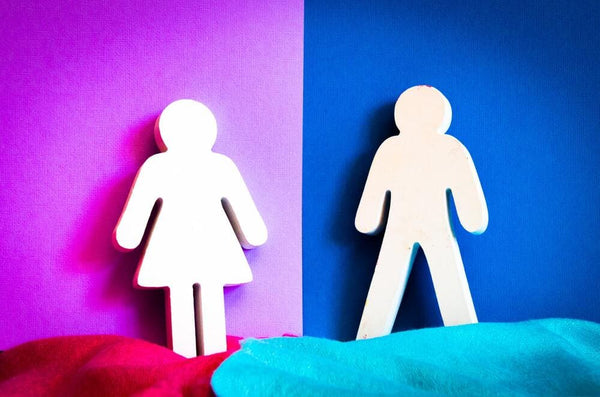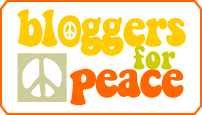In the mid-19th century, pastel colours for baby clothing — including blue and pink — were introduced and they didn’t become sex-specific colours until the 20th century.
Back before pastels were popular for babies, most parents dressed their kids in white dresses until they were about six. Historian Jo B. Paoletti says this outfit was practical: white cotton could be easily bleached, and dresses allowed convenient access for diaper changing.
From the commercial site colours became pushed, and in 1918 the trade publication Earnshaw’s Infants’ Department claimed the
“generally accepted rule is pink for the boys, and blue for the girls. The reason is that pink, being a more decided and stronger colour, is more suitable for the boy, while blue, which is more delicate and dainty, is prettier for the girl.”
After 1940 there came a change in colours for children.

The American children in the 1940s were the first to be dressed in the sex-specific clothing that Americans are familiar with today. Boys and girls were dressed like miniature men and women, instead of uniformly in children’s dresses. Pink became the girls’ colour since it is delicate, blue which is blue is more robust, the boys’ colour. This trend in children’s clothing dipped in the mid-1960s and 1970s owing to the women’s liberation movement. People who took part in this movement thought that dressing young girls in feminine or stereotypically “girly” clothing would limit the girls’ opportunities for success, and many parents began favouring neutral colours and fashions. Several parents from the Boom generation did not wish to dress their children under a straitjacket and opted to choose a completely different colour palette. (Our children’s room was aquamarine, and all kinds of colours for clothes were good.)
In the States, by the 1980s, however, gender-oriented kids clothing had come back into fashion strongly. Europe followed later.
Blue or pink or none of them. Orange became a colour for healing at the end of the 1970s. Violet a colour indicating spirit. Those colours became part of the original eight colours Gay Pride flag. Hot pink was dropped from the flag because hot pink fabric was difficult to obtain. The turquoise stripe was removed for aesthetics. Indigo was replaced by basic blue, which resulted in the contemporary six-striped flag (red, orange, yellow, green, blue, and violet).

In 2007 Seoul, South Korea, had a $100 million campaign to make the city more women-friendly. Some sidewalks were repaved with a spongy material to ease walking in high heels, and nearly 5.000 parking spots were painted pink, marking them for women only.



















































